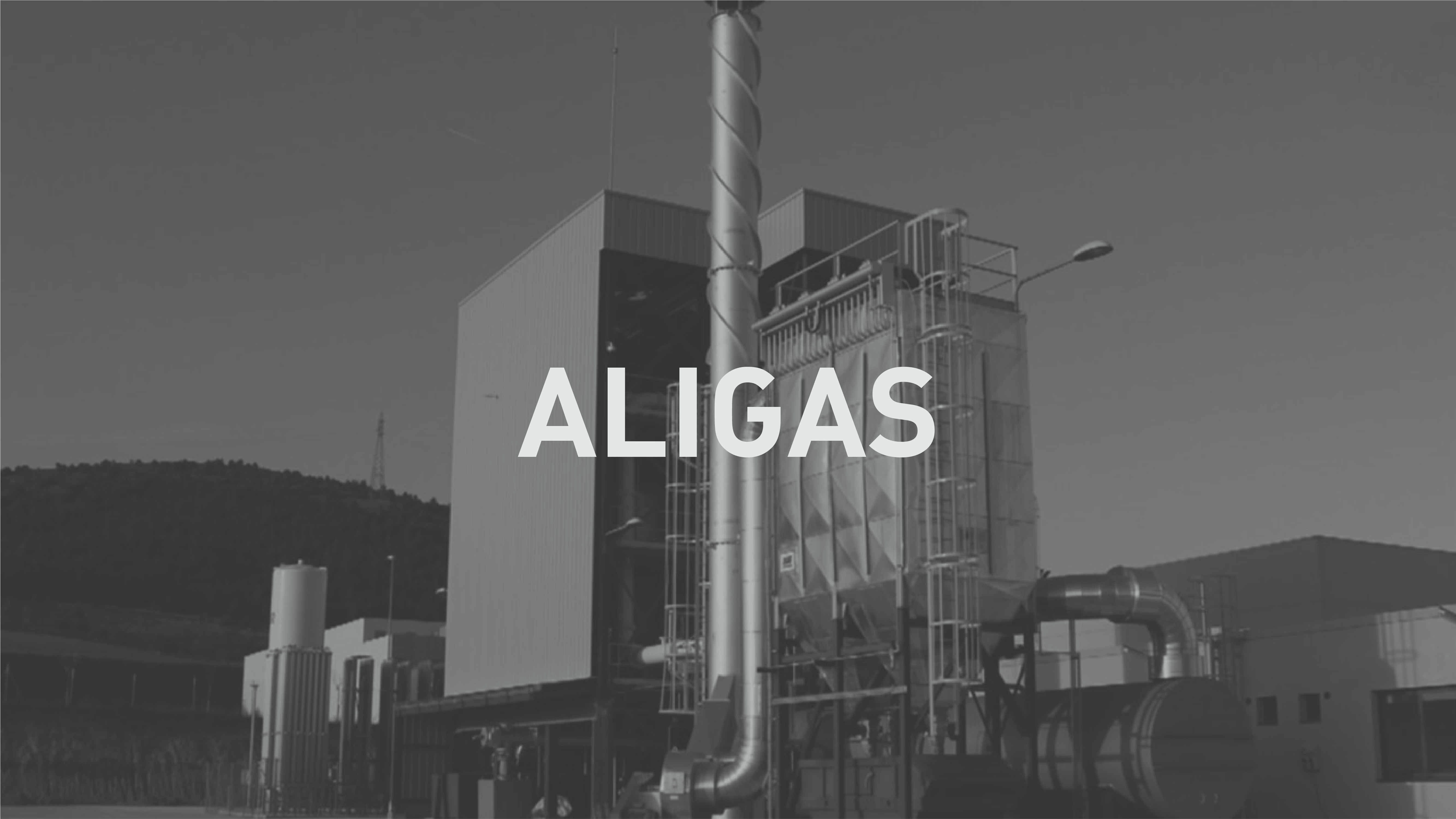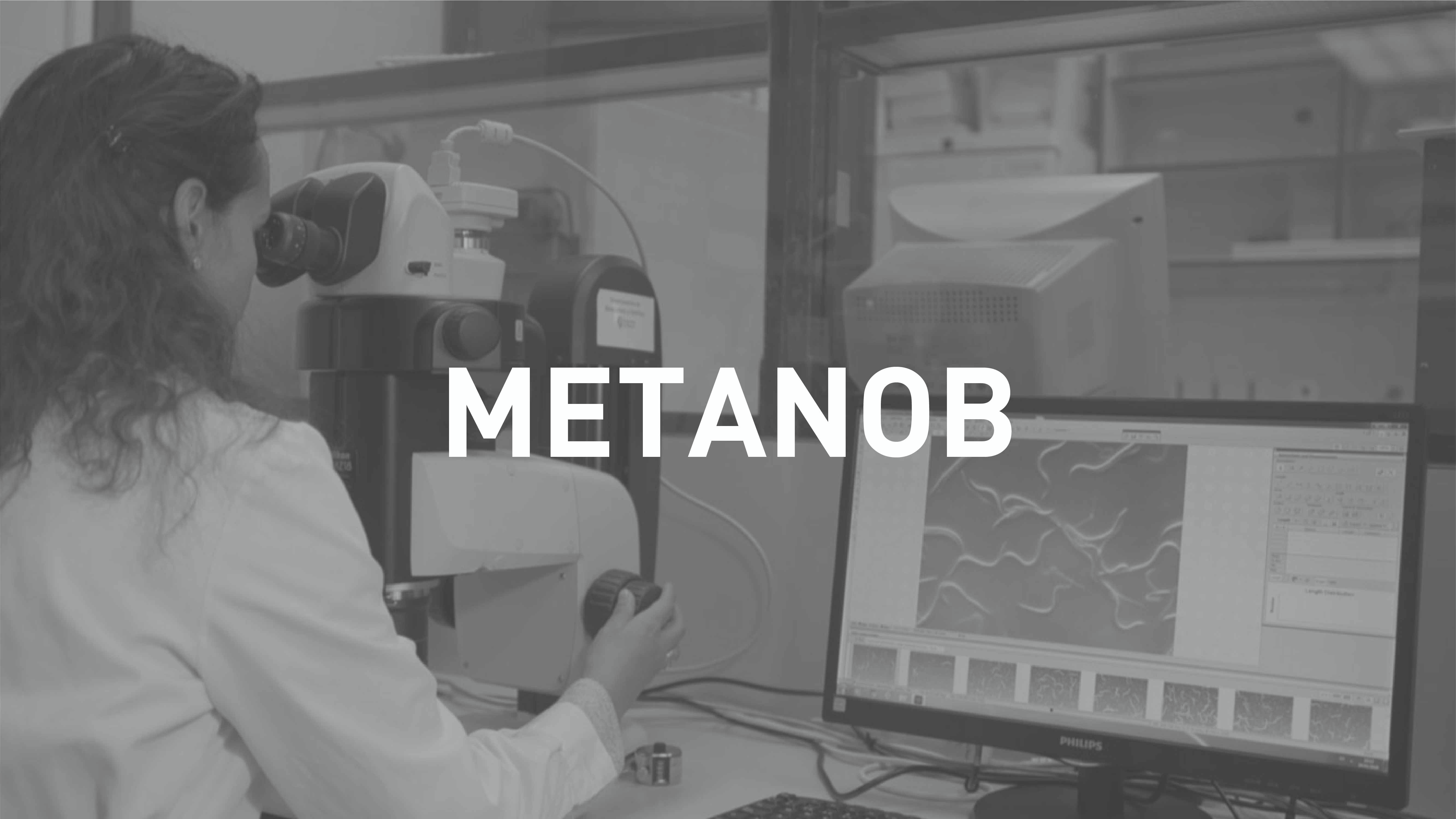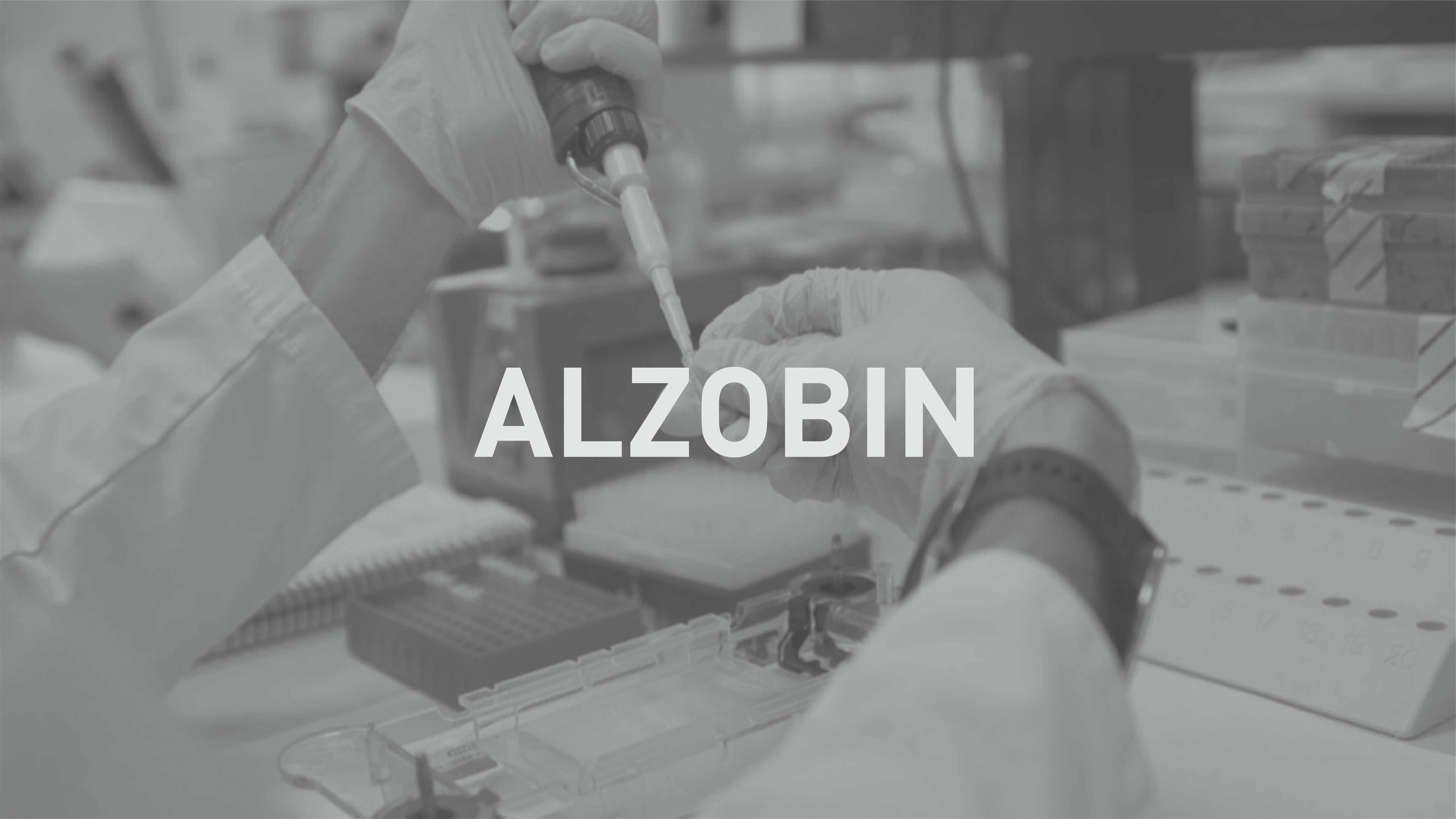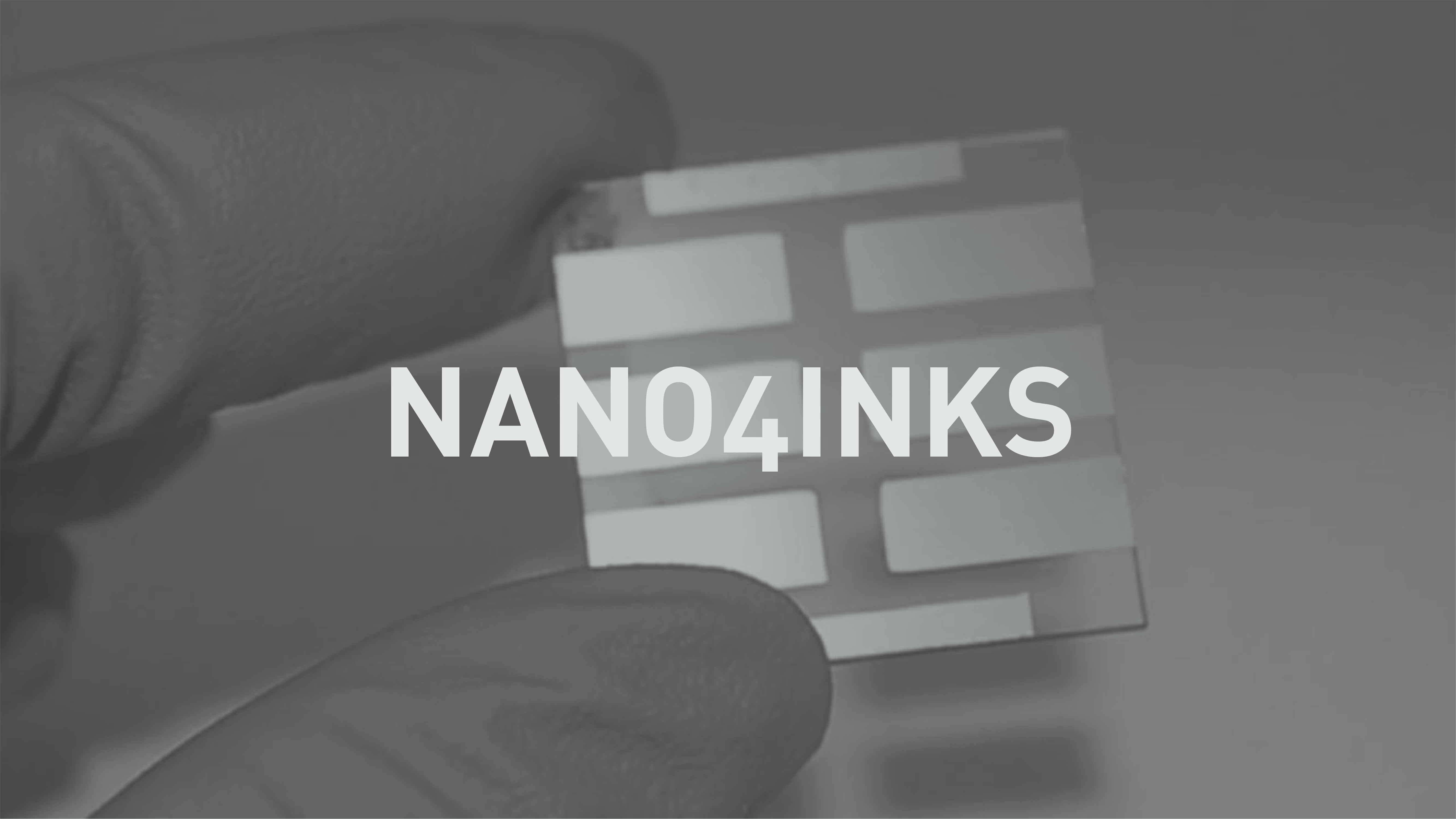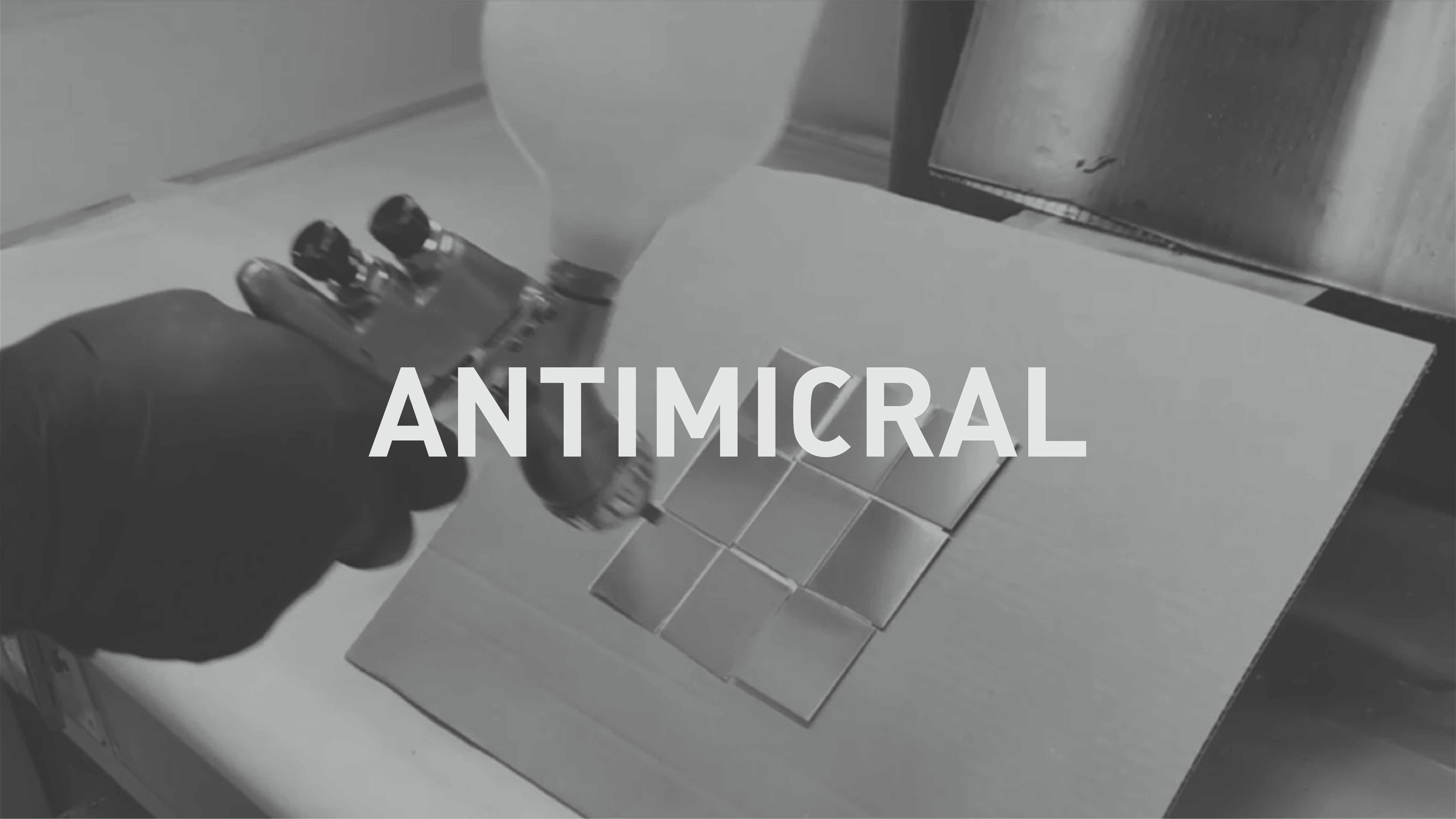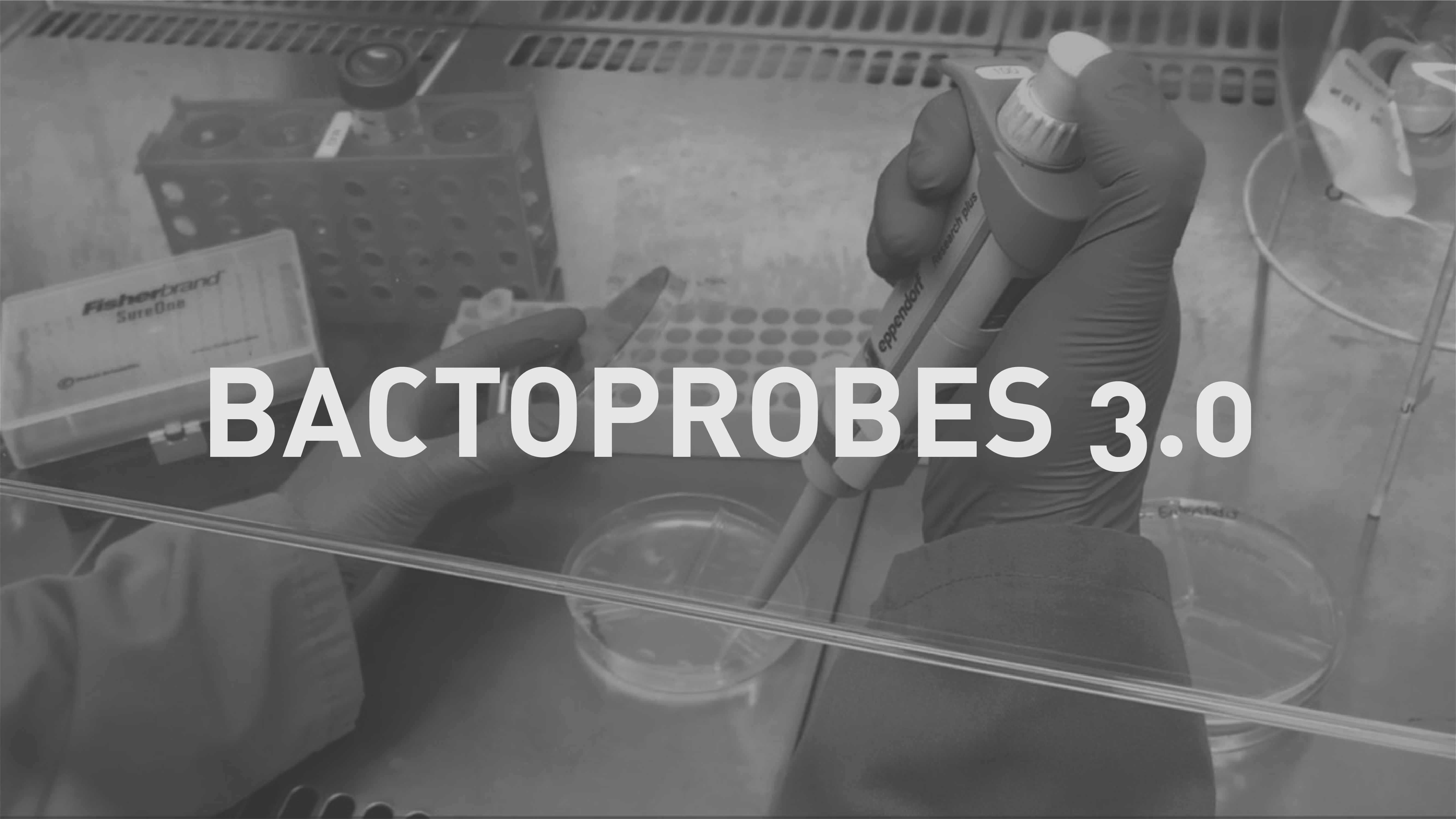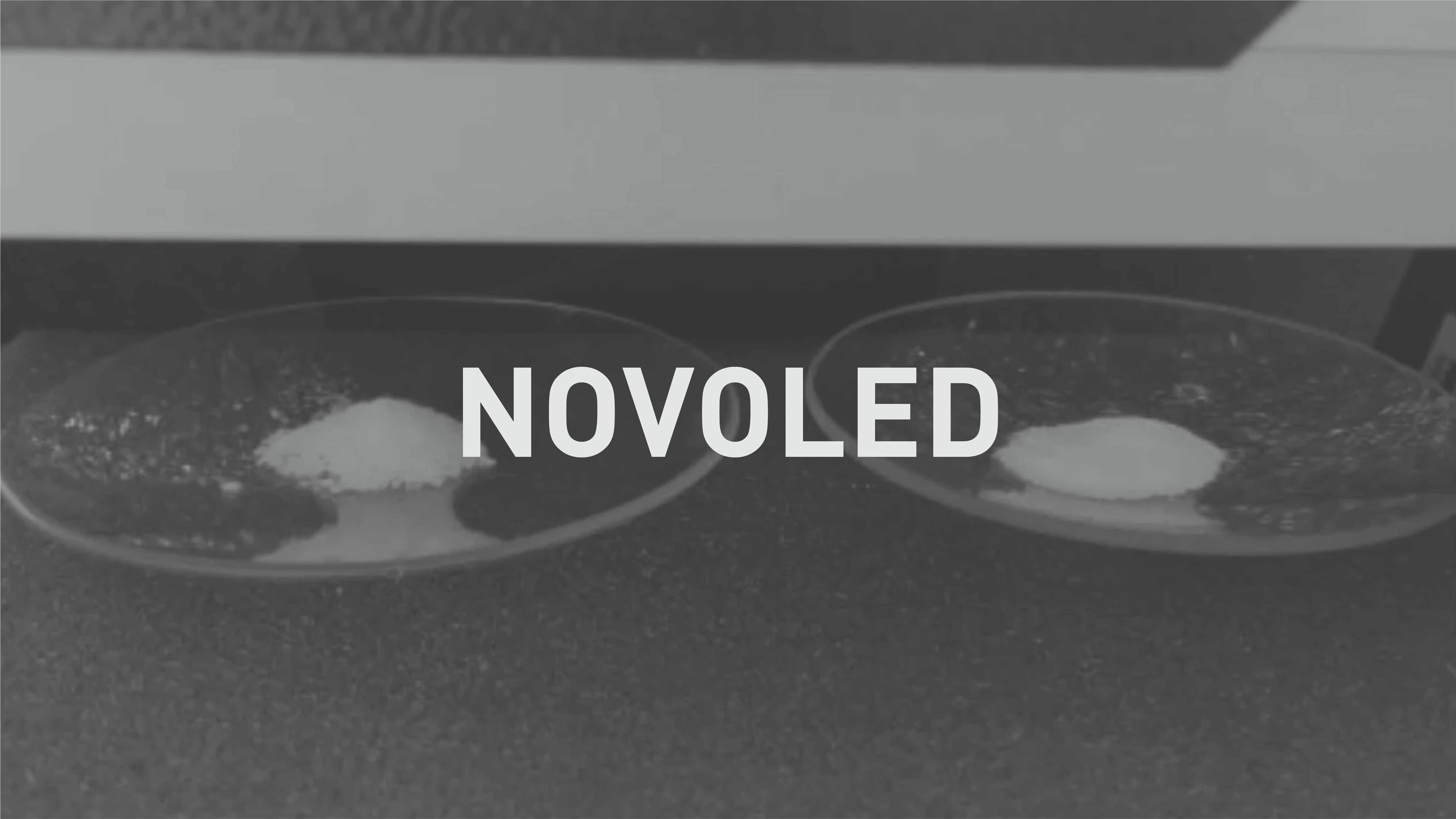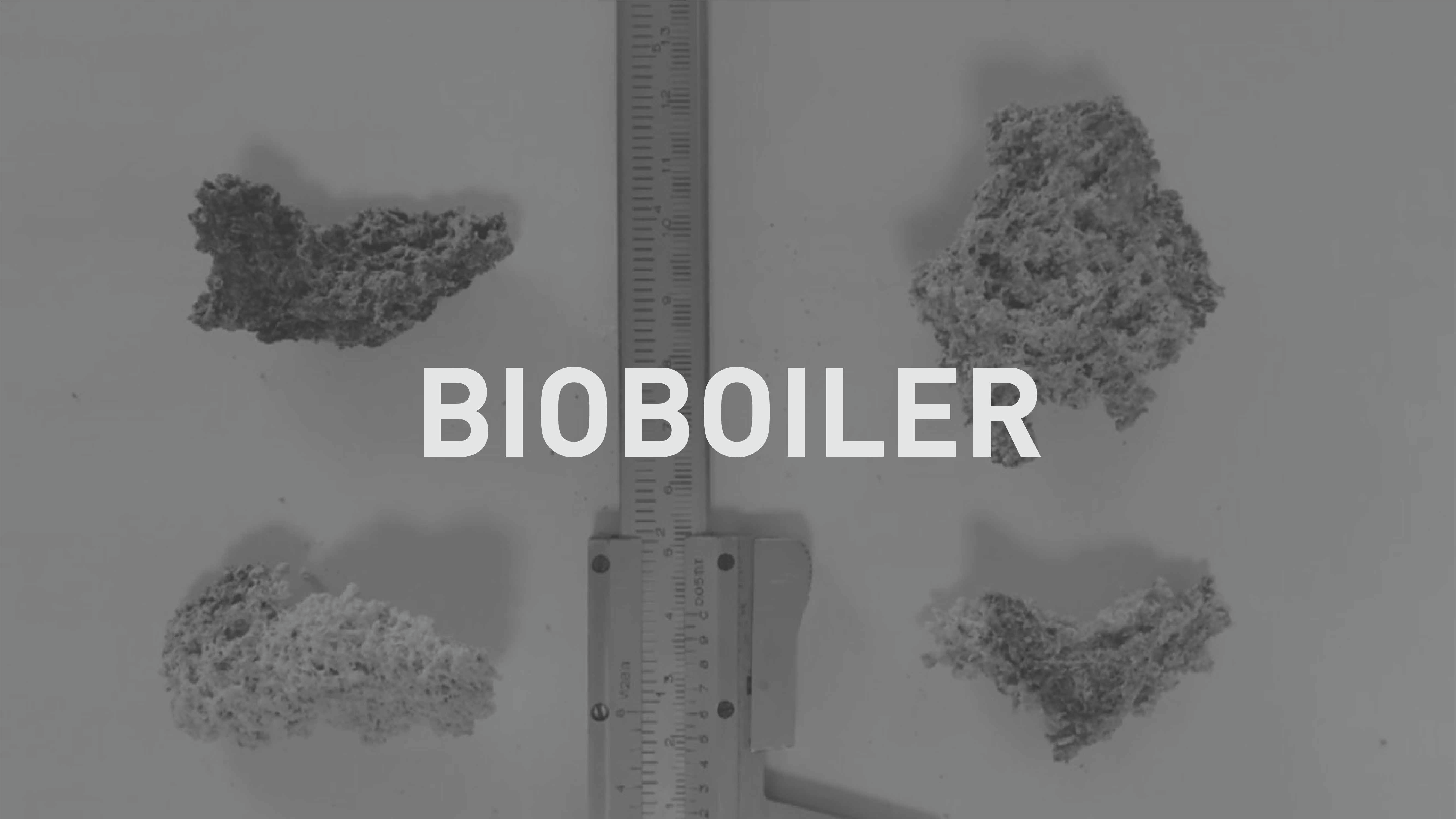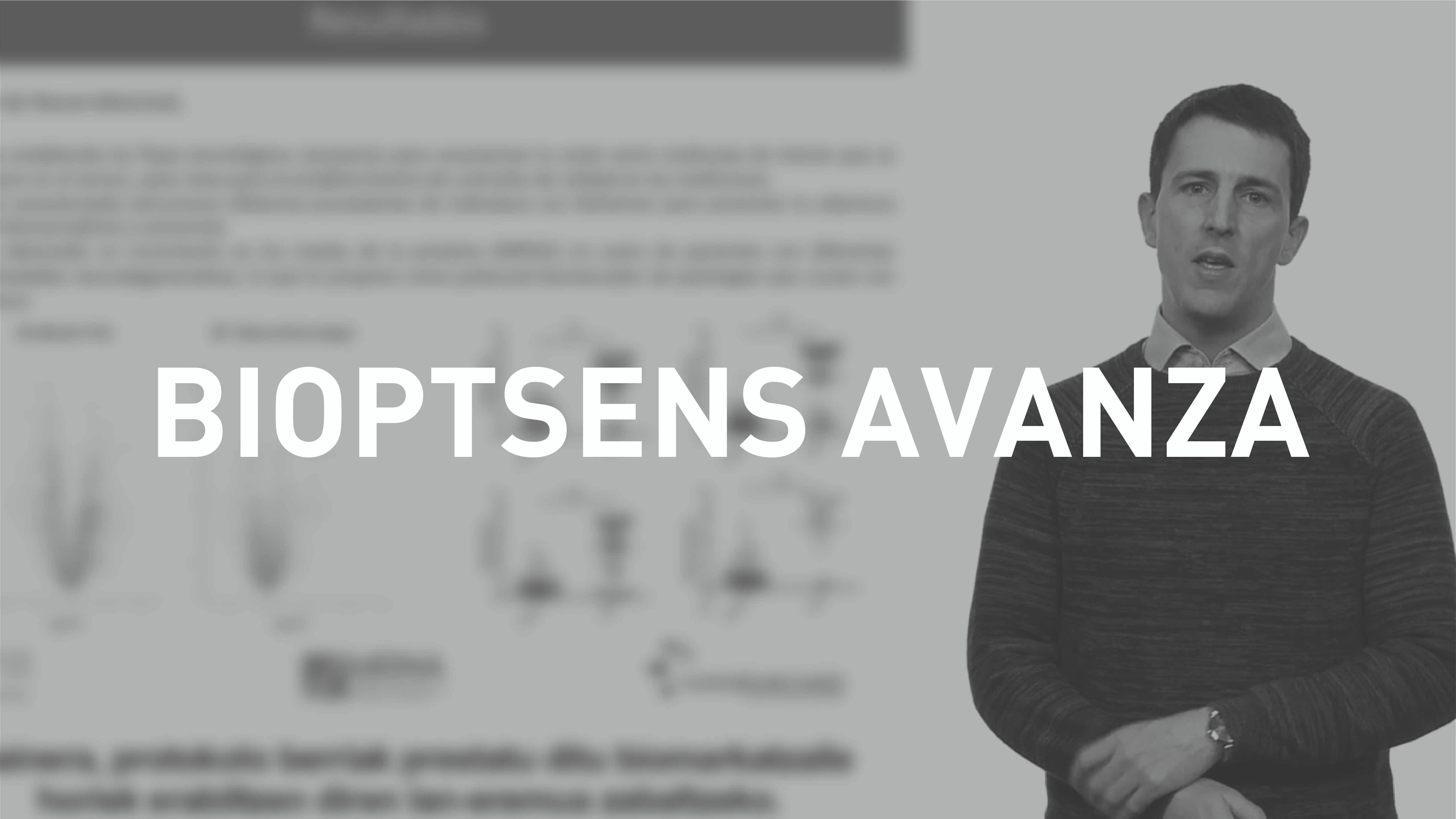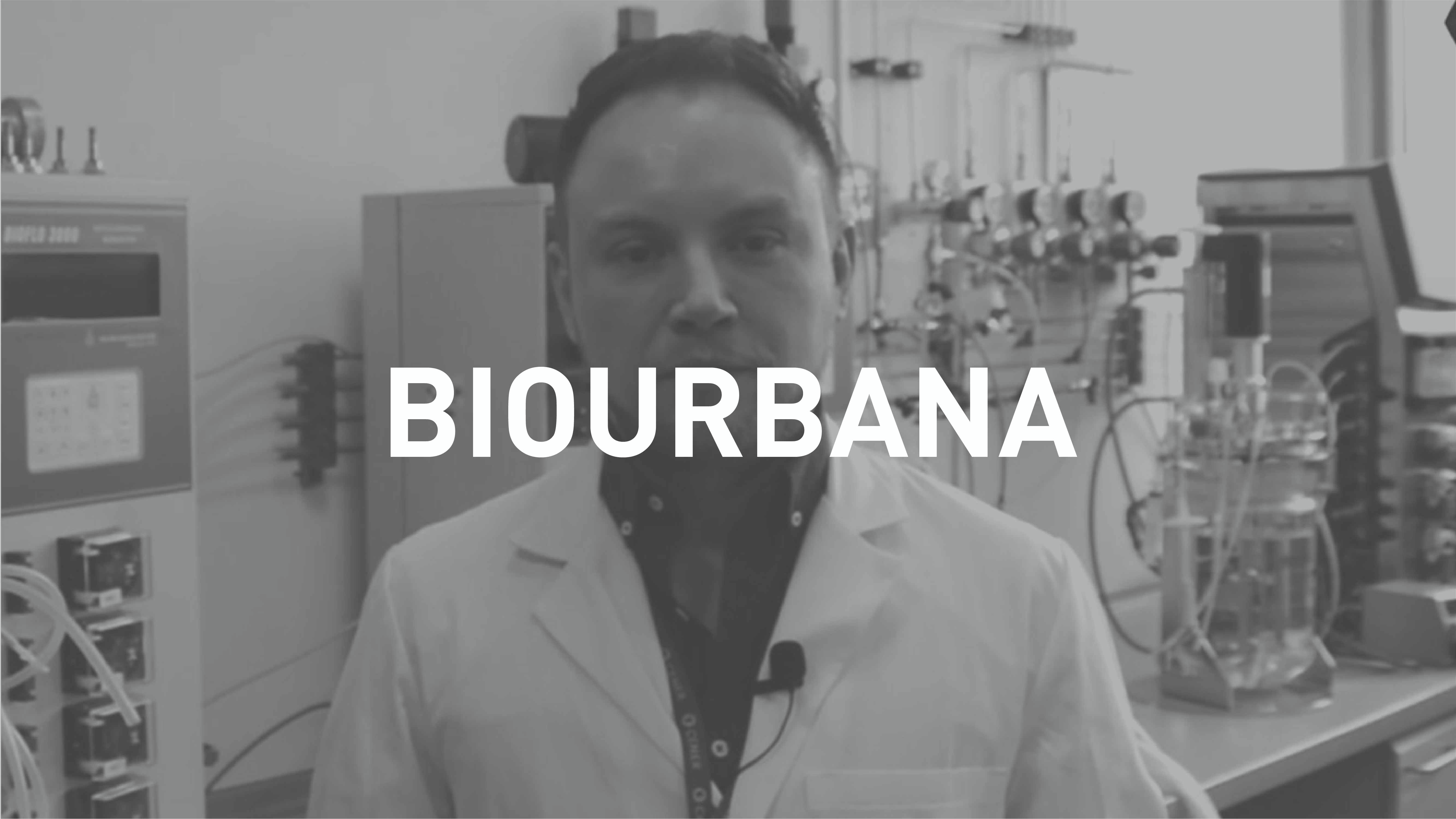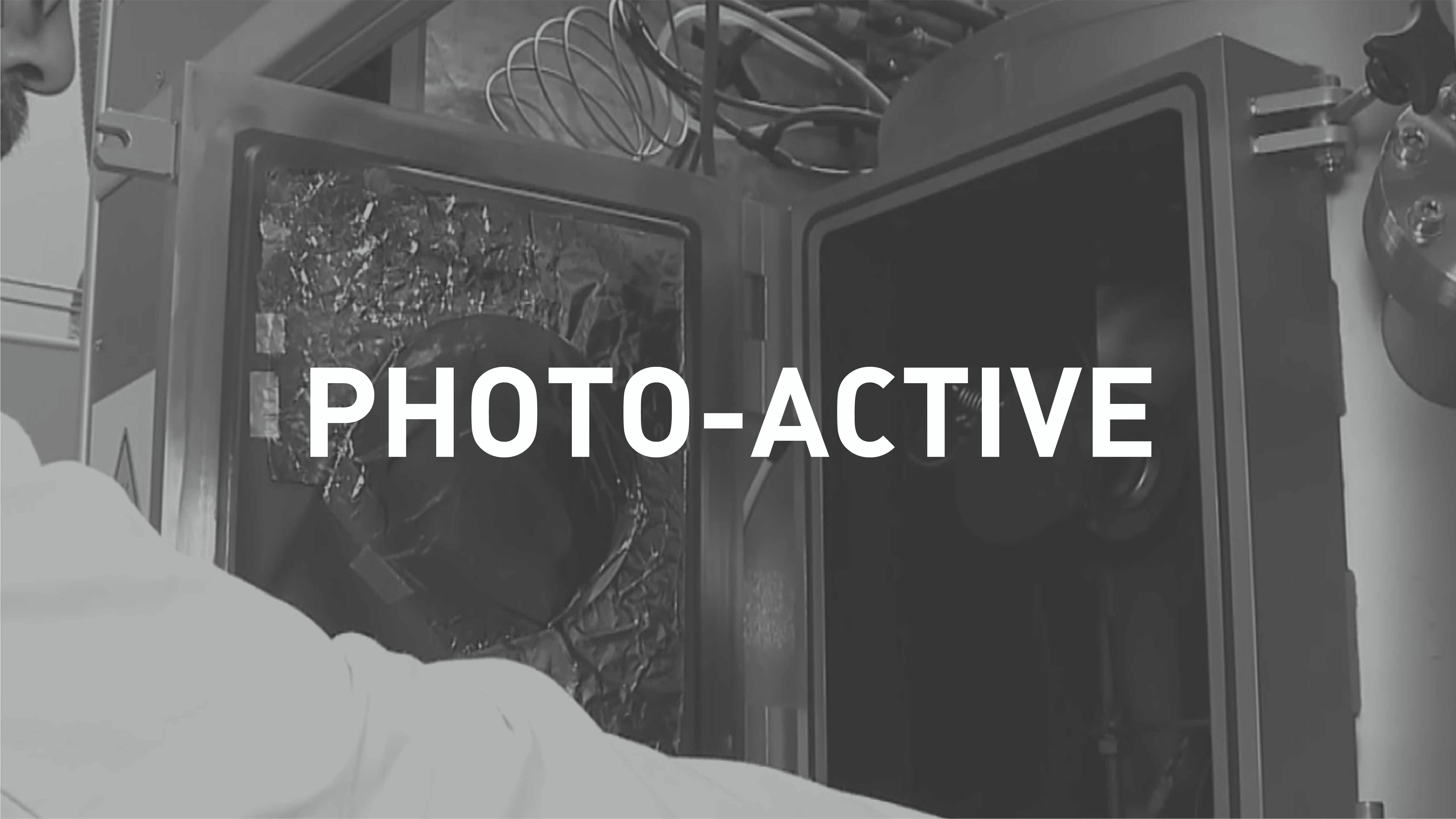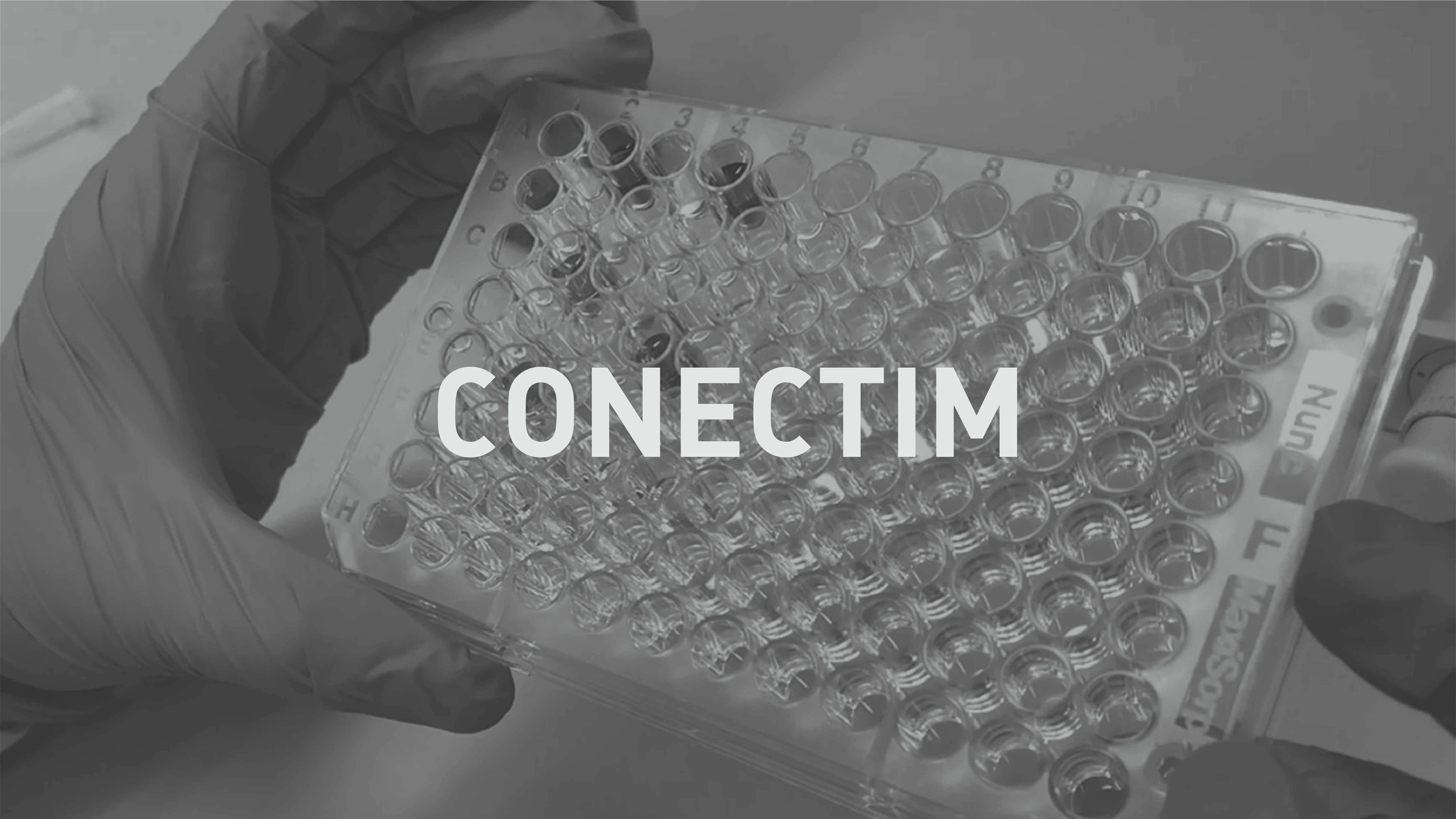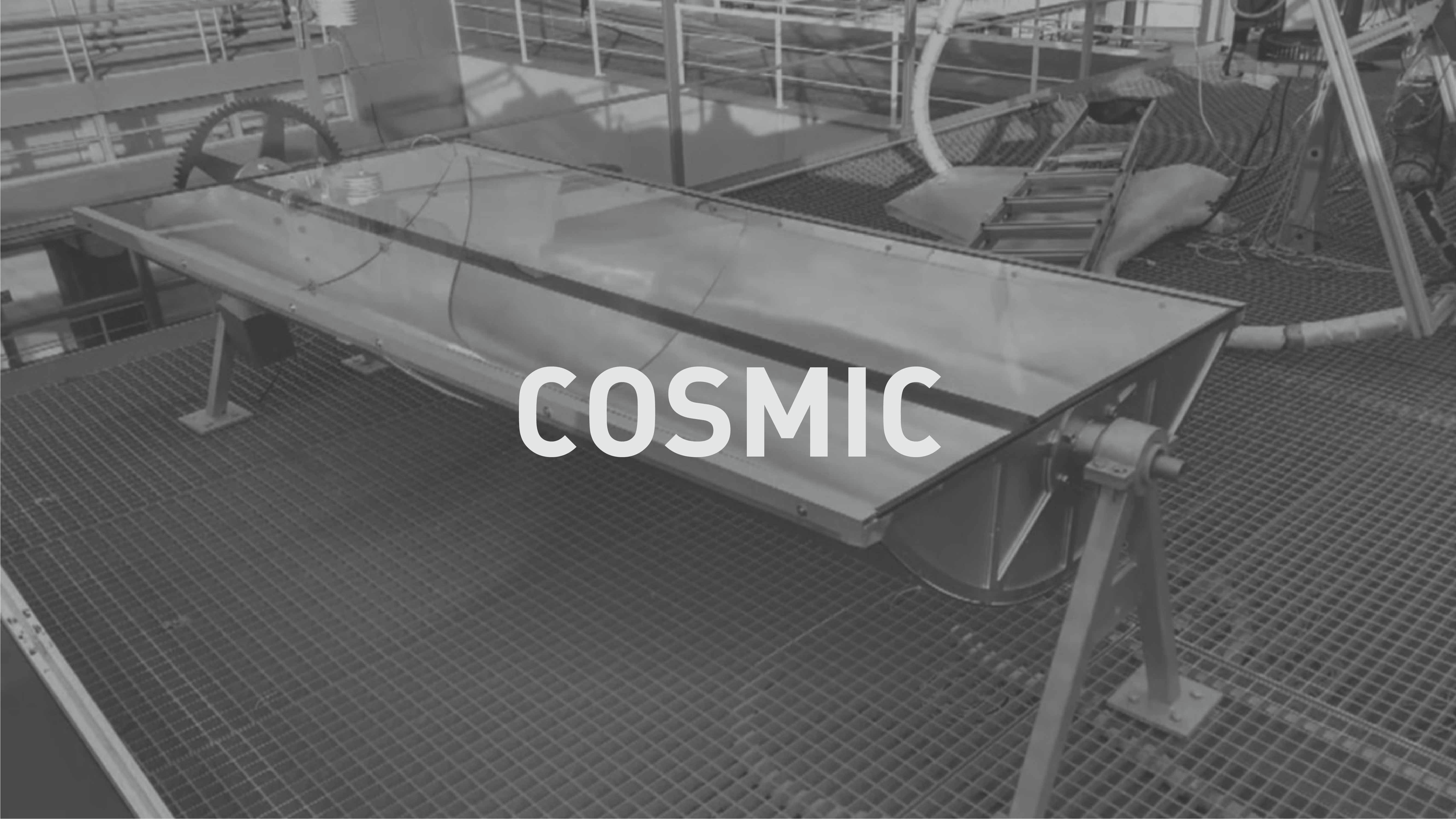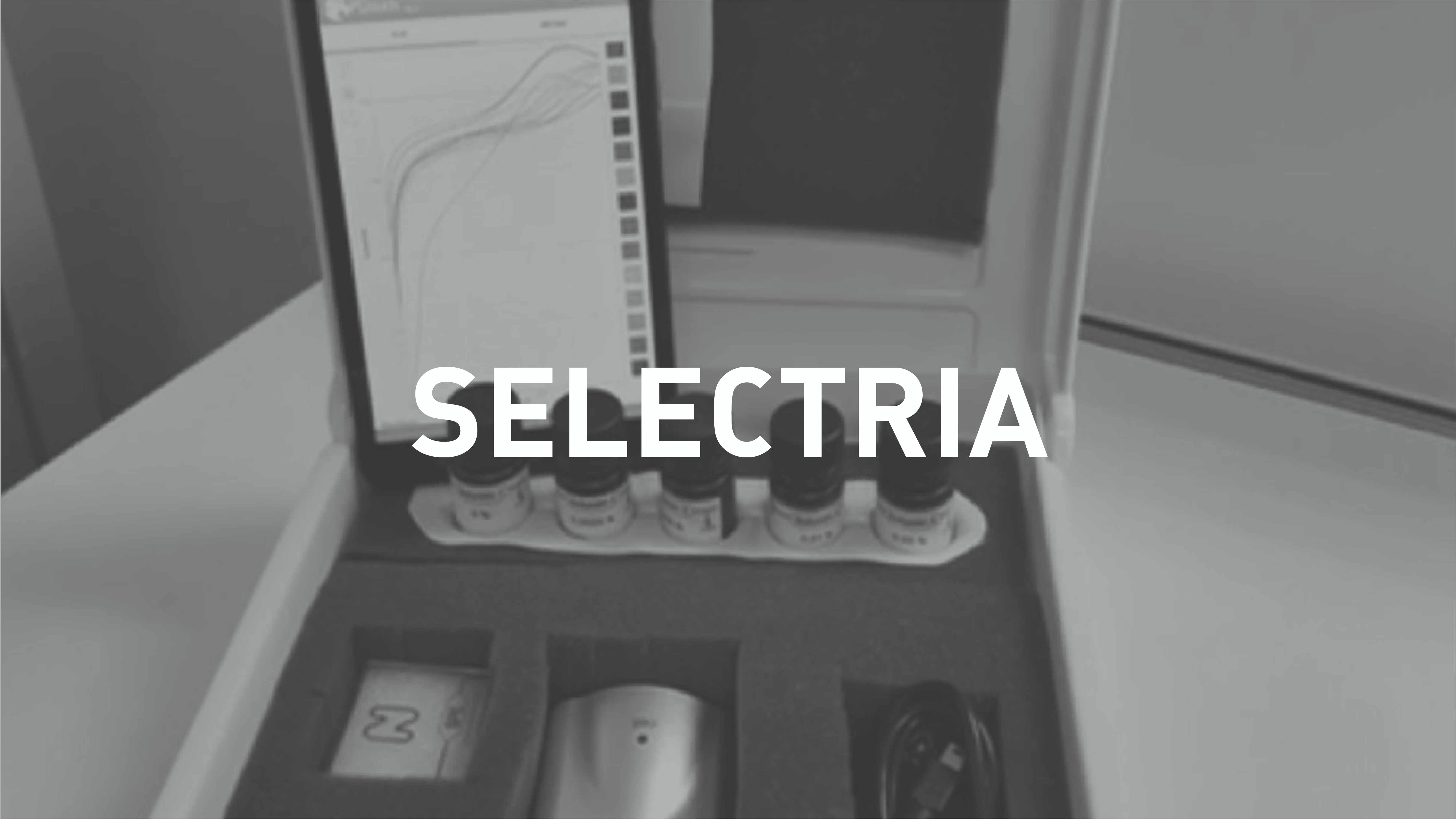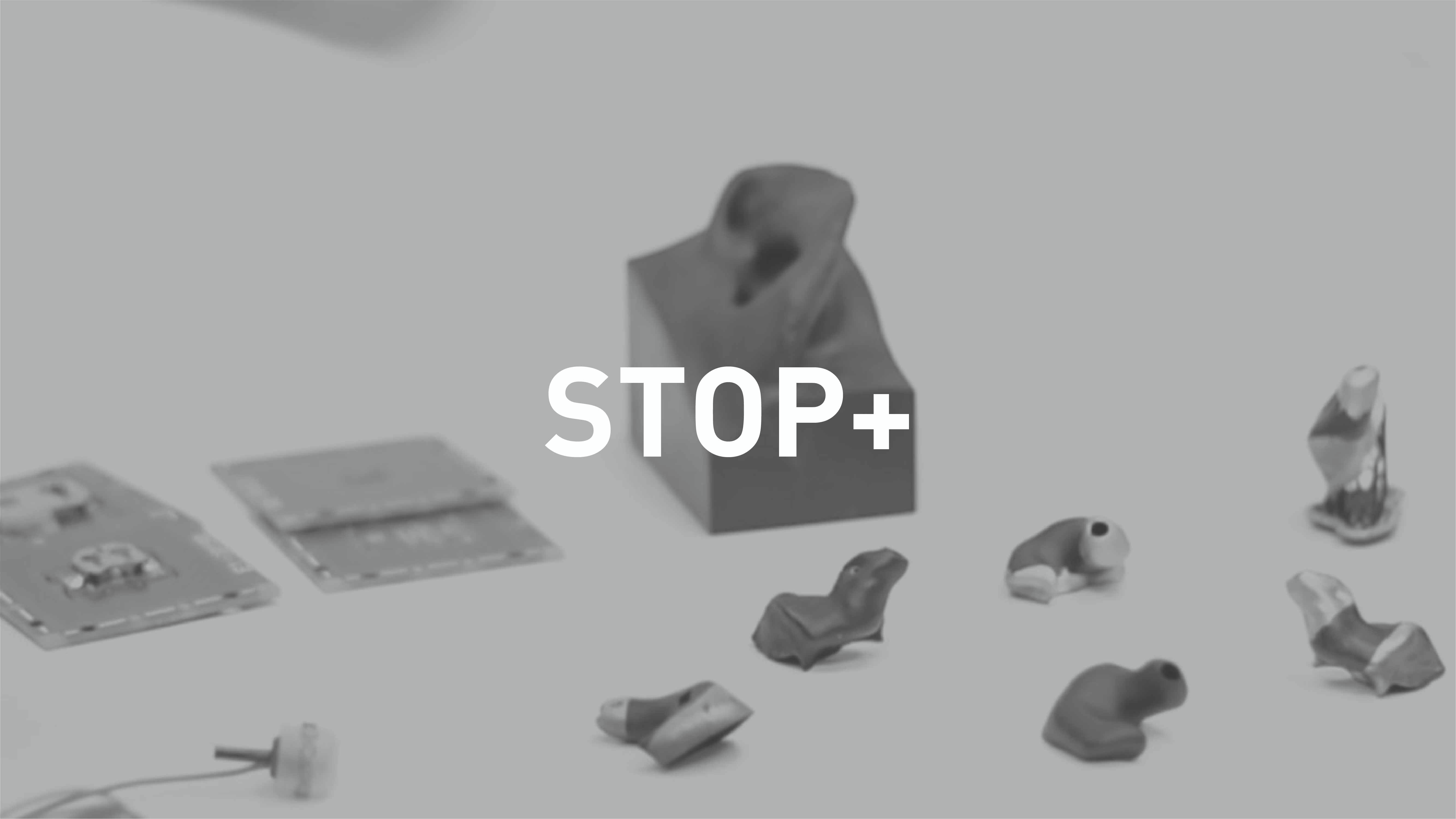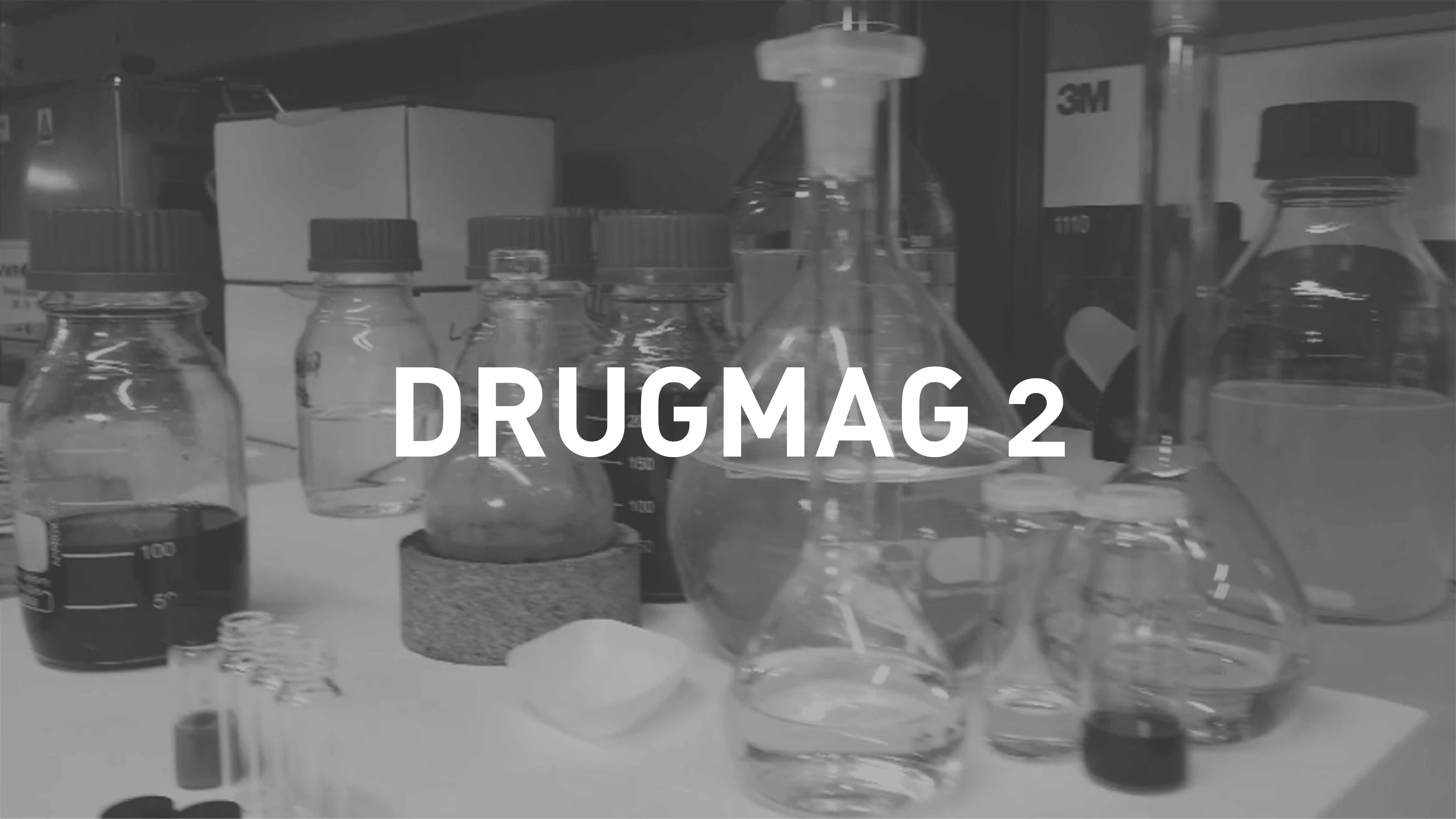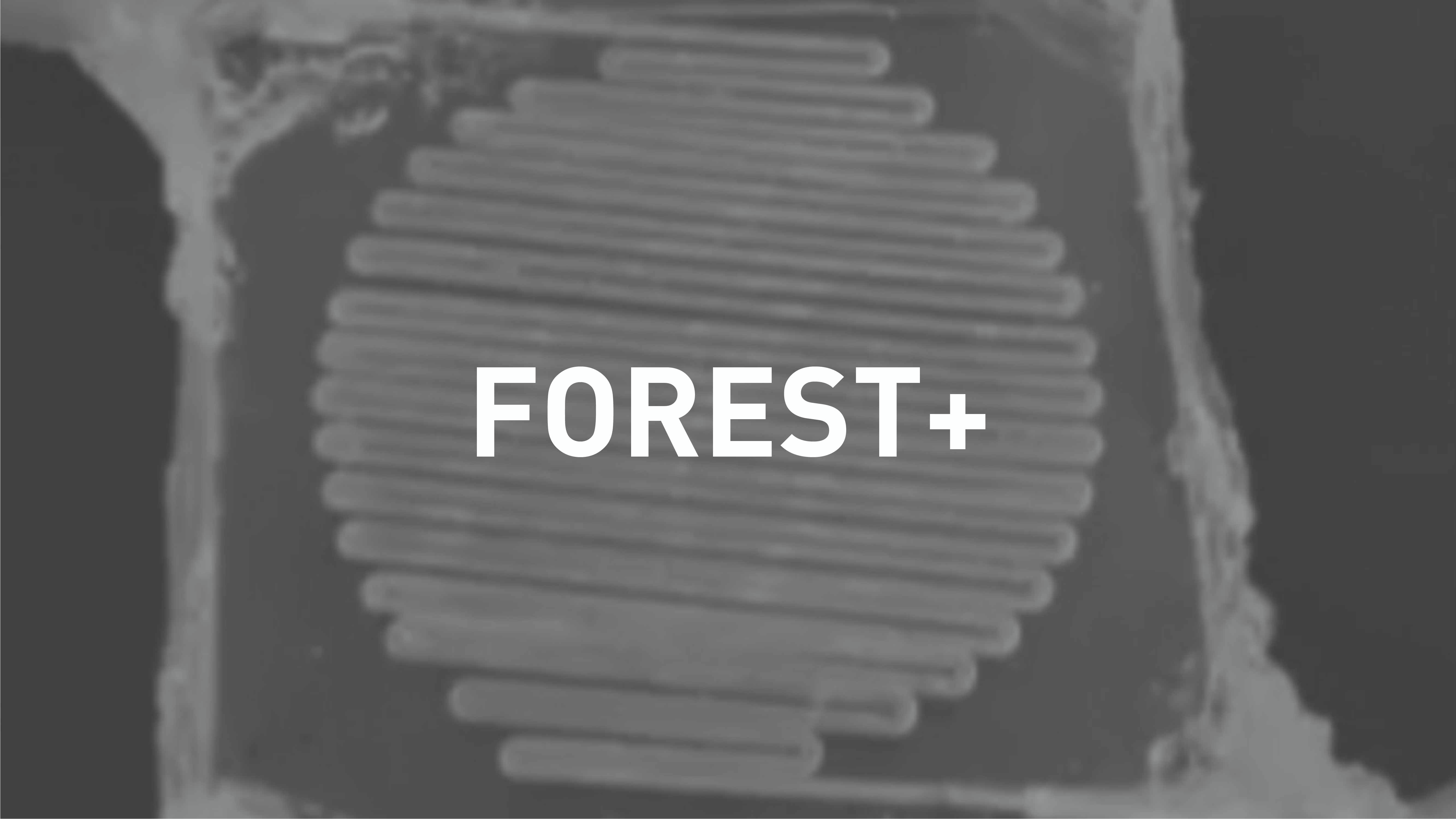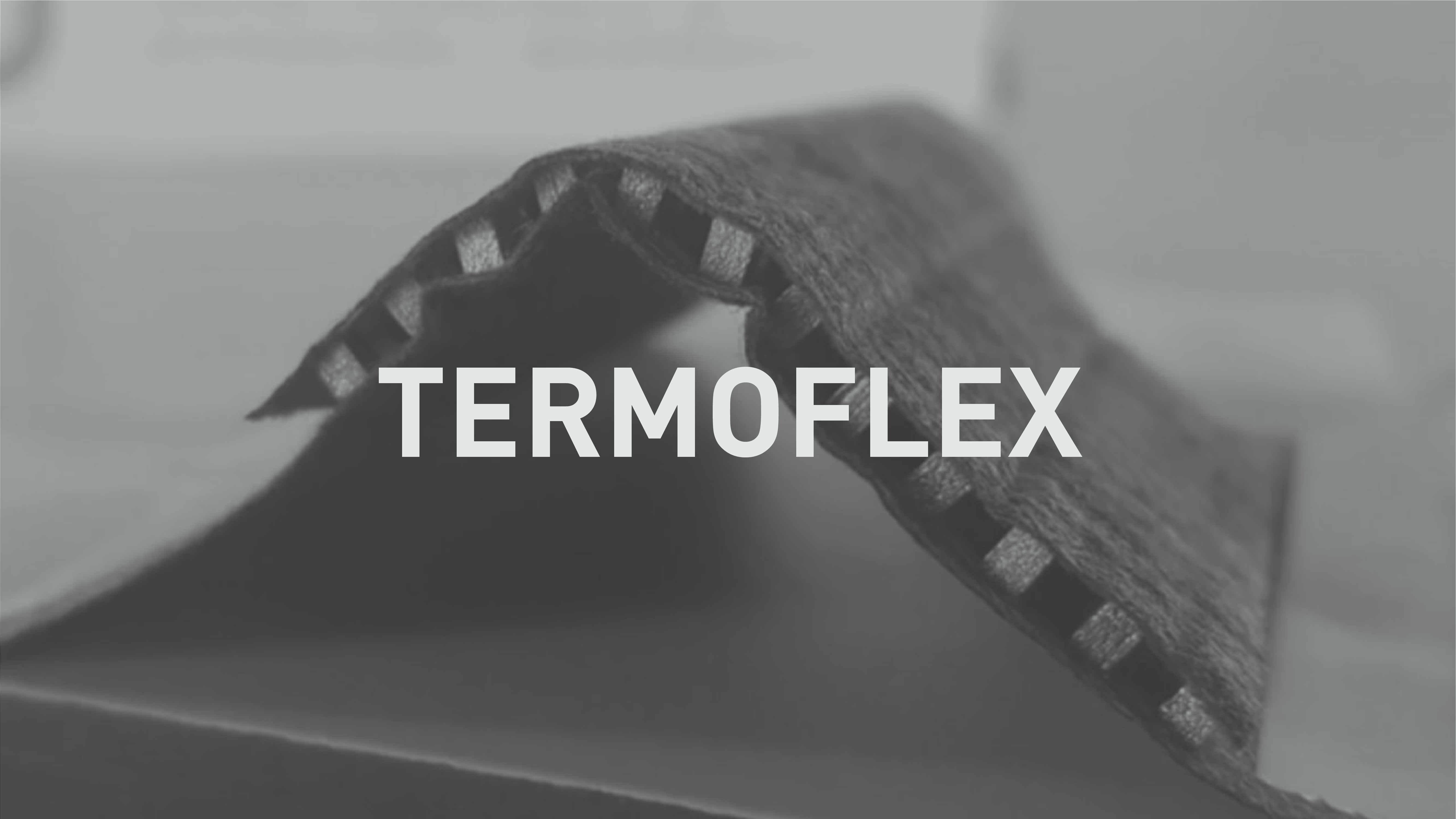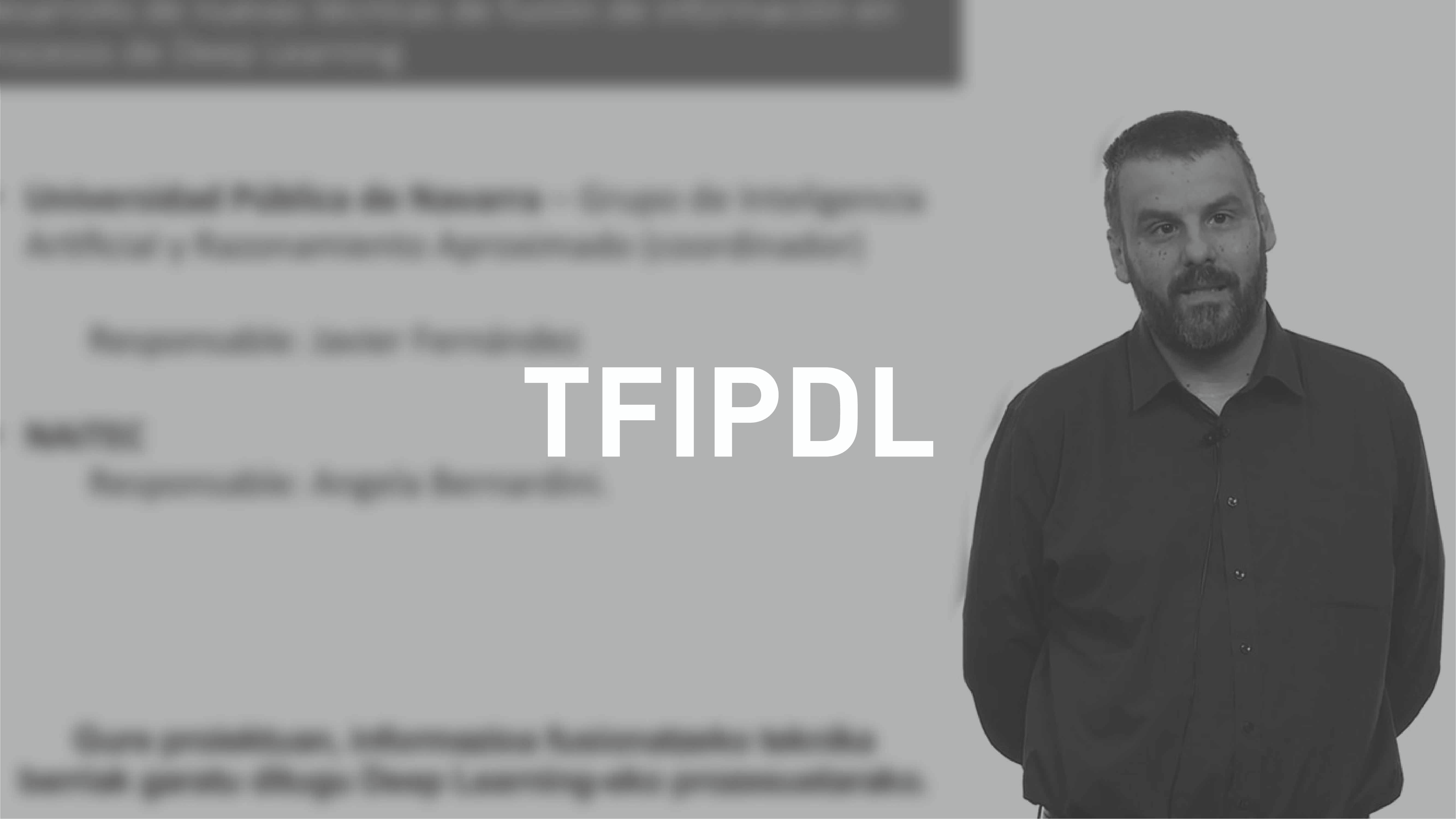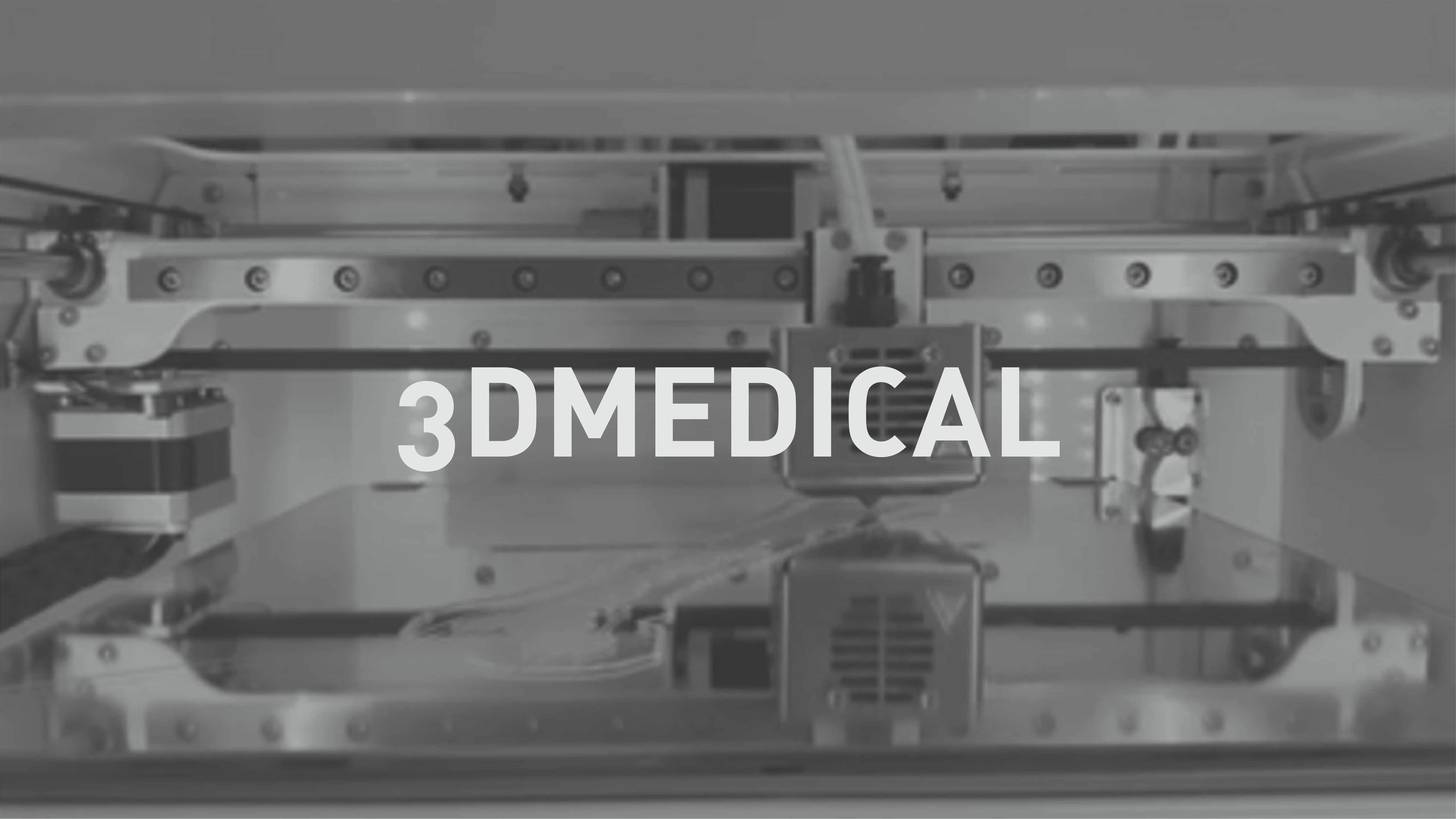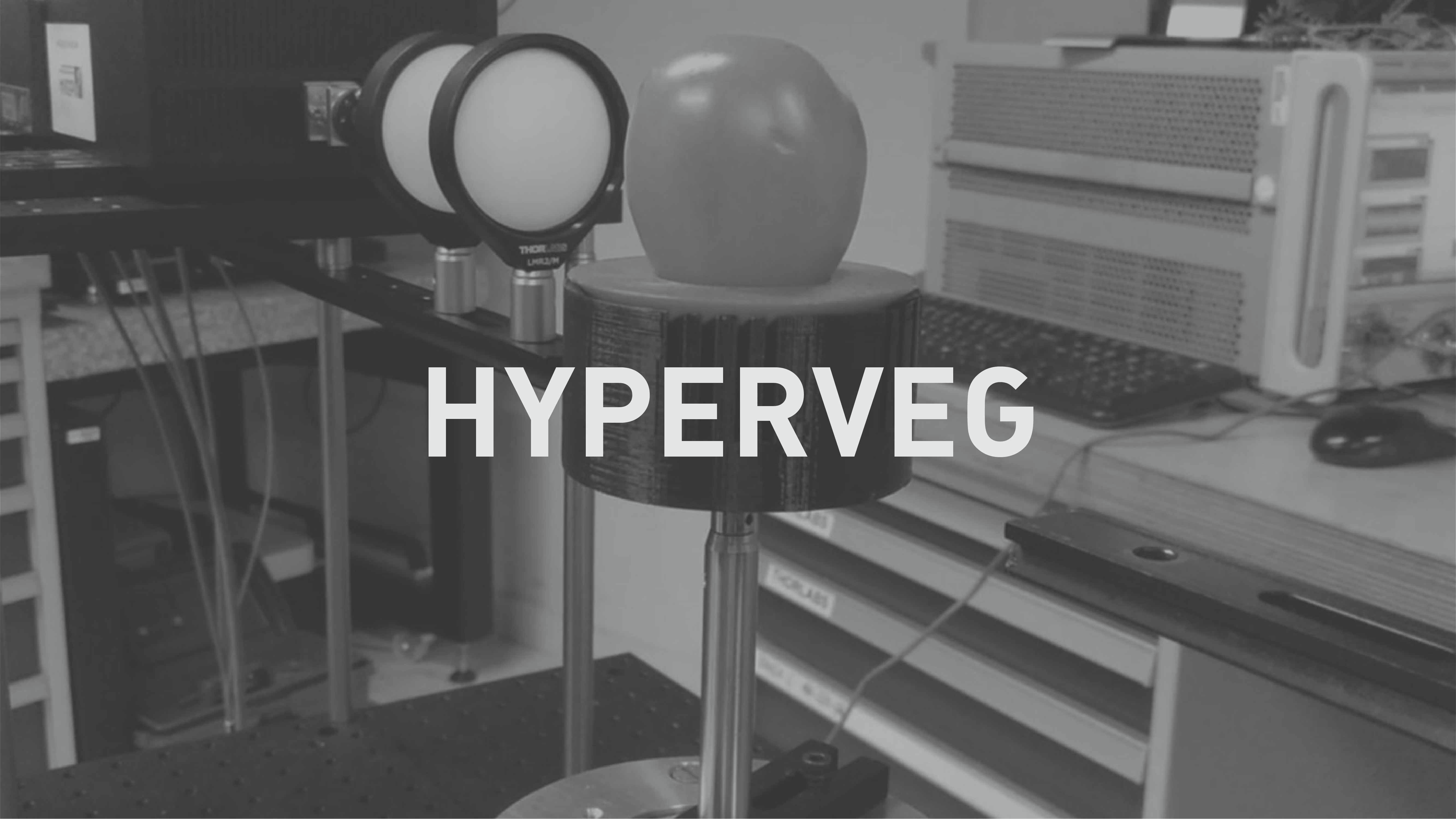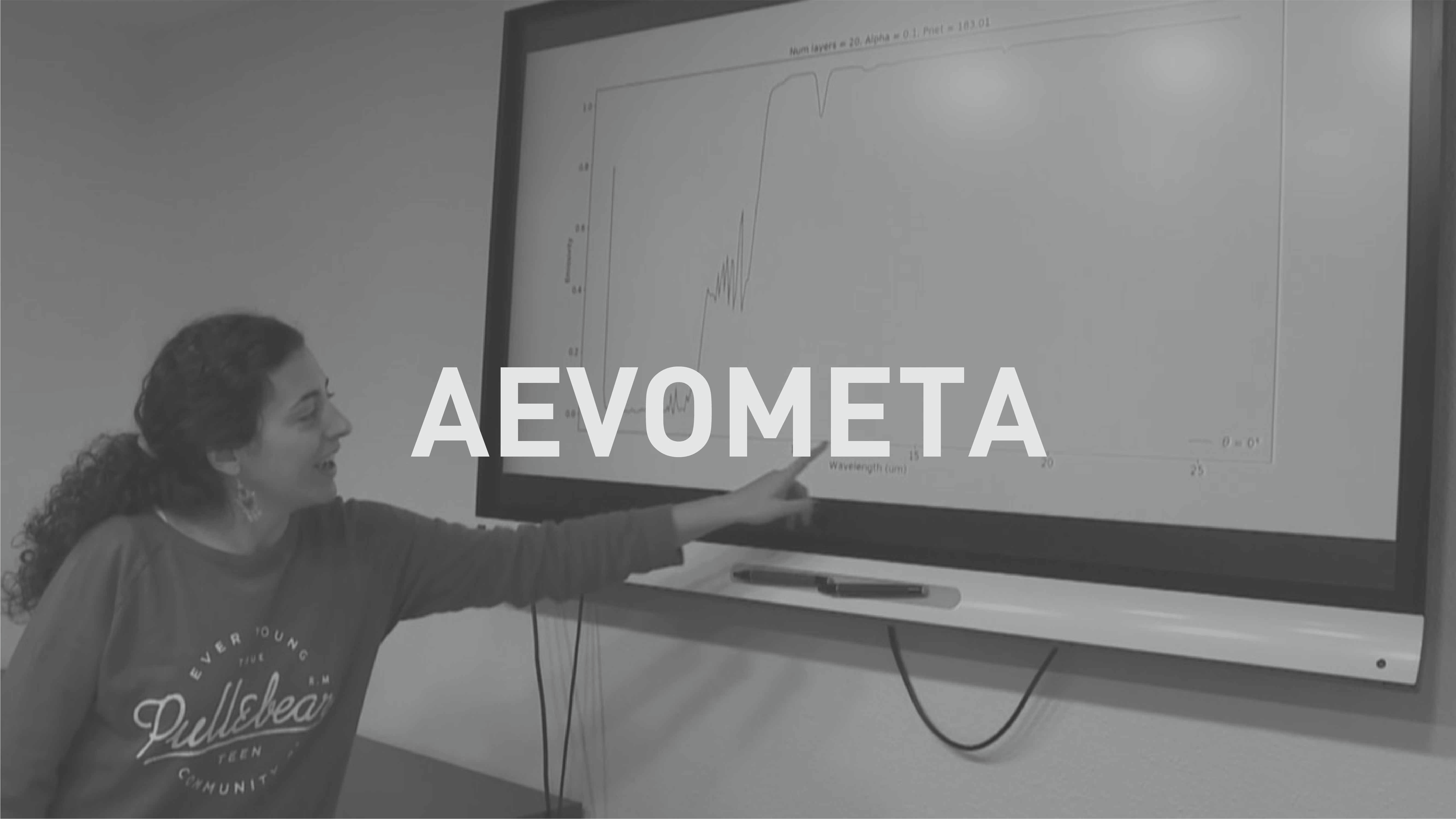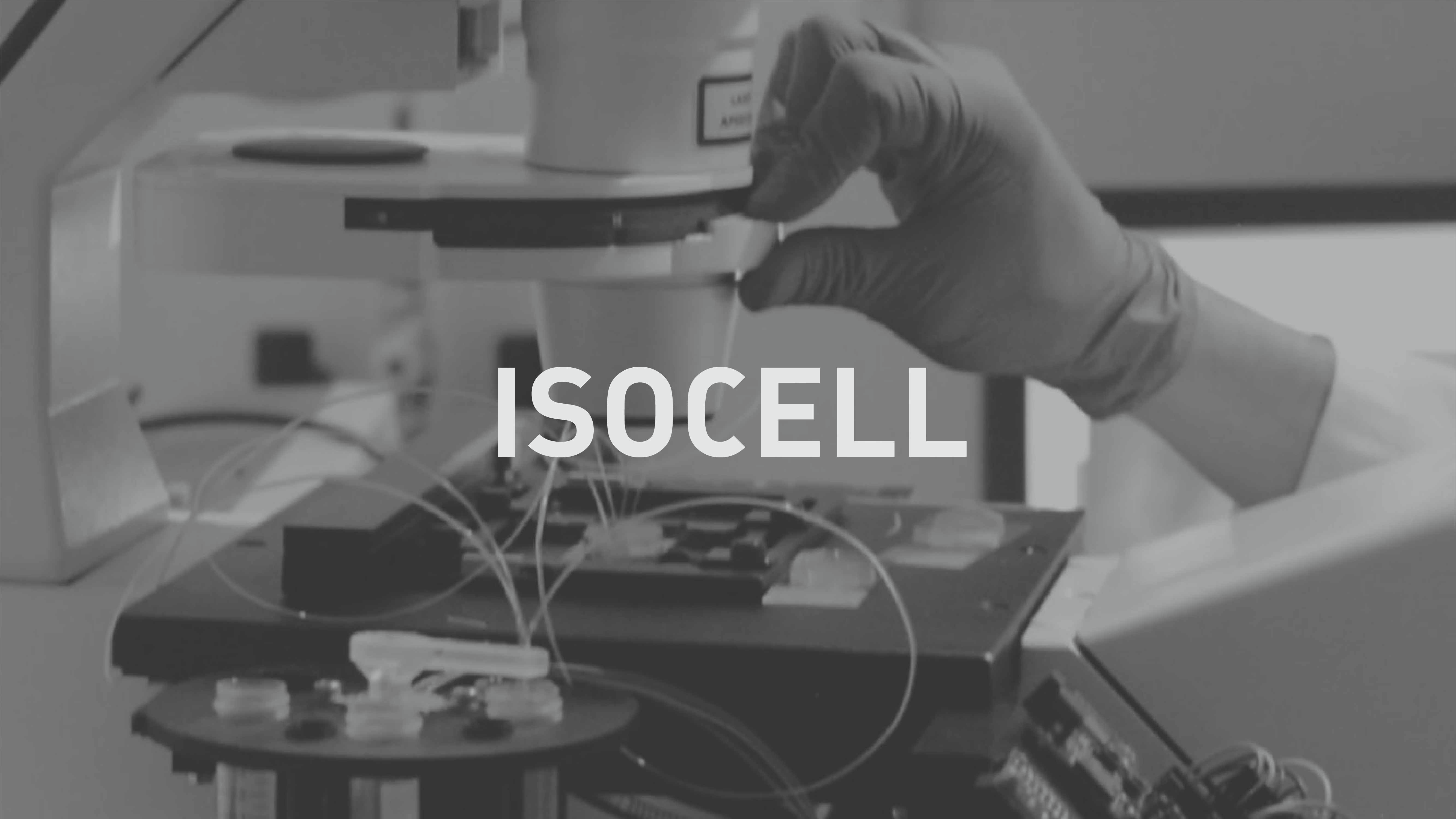With the first strategy, nanostructuring, after receiving the design parameters of the nanostructures the difficulties encountered in the previous year were overcome and an indirect procedure for transferring the nanostructures to the fibres was developed. The procedure has made it possible to nanostructure the sensitive coating of the fibres and thus improve their detection capacity.
In regards to the second strategy, biofunctionalisation, in the second year we intended to use fibres for selective detection of specific substances. An egg allergen and a surface water toxin were chosen as example targets.
On one hand, a protocol for detecting ovomucoid, which is an egg allergen whose presence must be indicated on product labelling, has been developed. The protocol has been transferred to the fibre optic sensor and artificial samples have been prepared and food industry work surfaces have been simulated.
On the other hand, a protocol has been developed for analysing microcystins, which are toxic substances present in water undergoing a eutrophication process That compound has the added difficulty of having a low molecular weight. Because of that it requires a competitive measuring format, which had not been tested previously with these sensors and that has been successfully developed in the project. The results show that the biofunctionalisation protocol developed in the OPTISENS project makes it possible to use fibres as reusable, quantitative, fast and simple biosensors. And it opens the door to detecting other substances by simply changing the antibody used.



